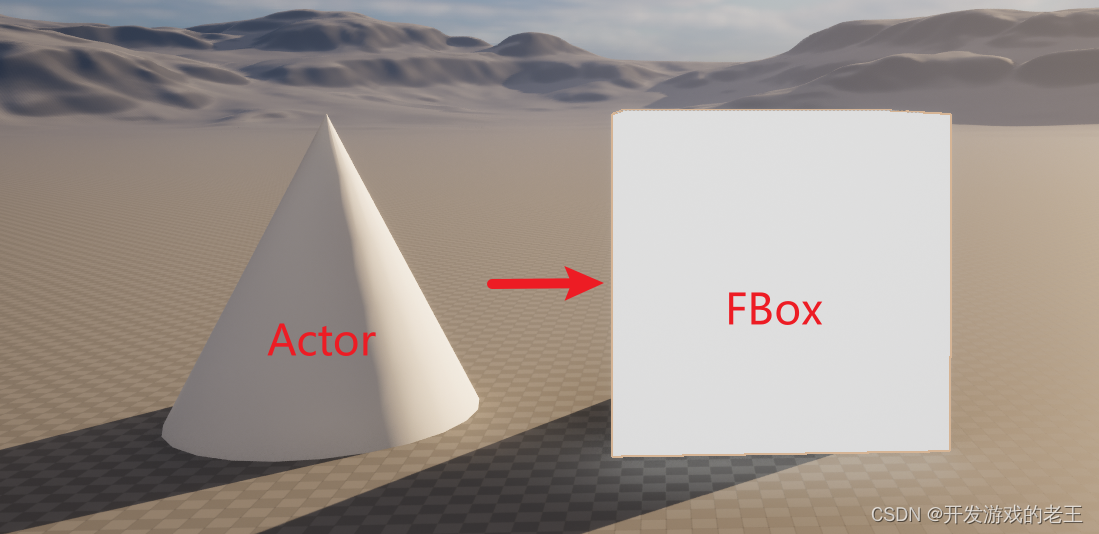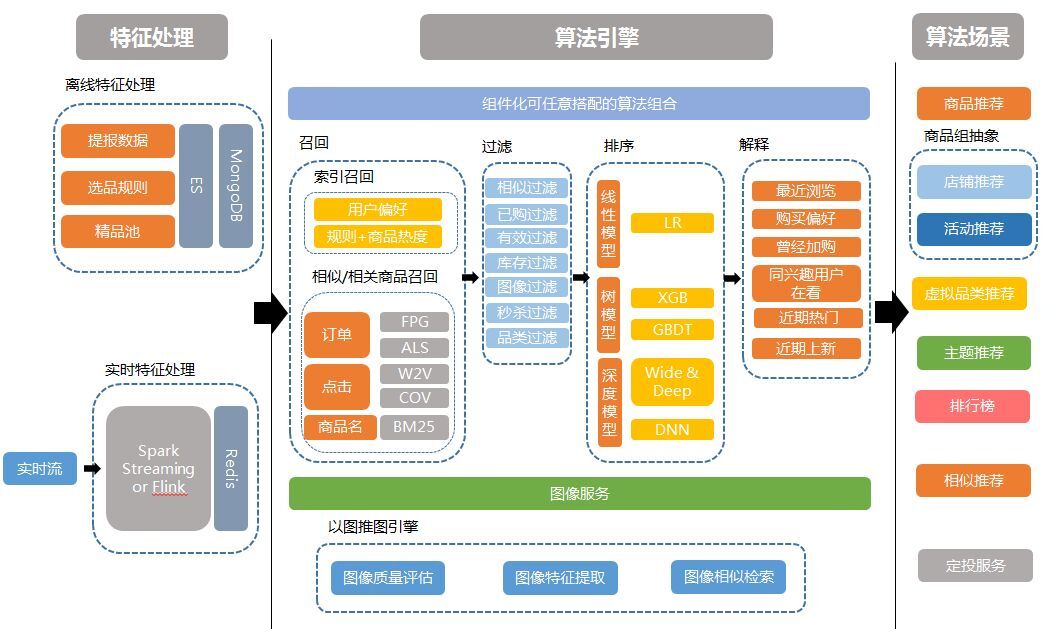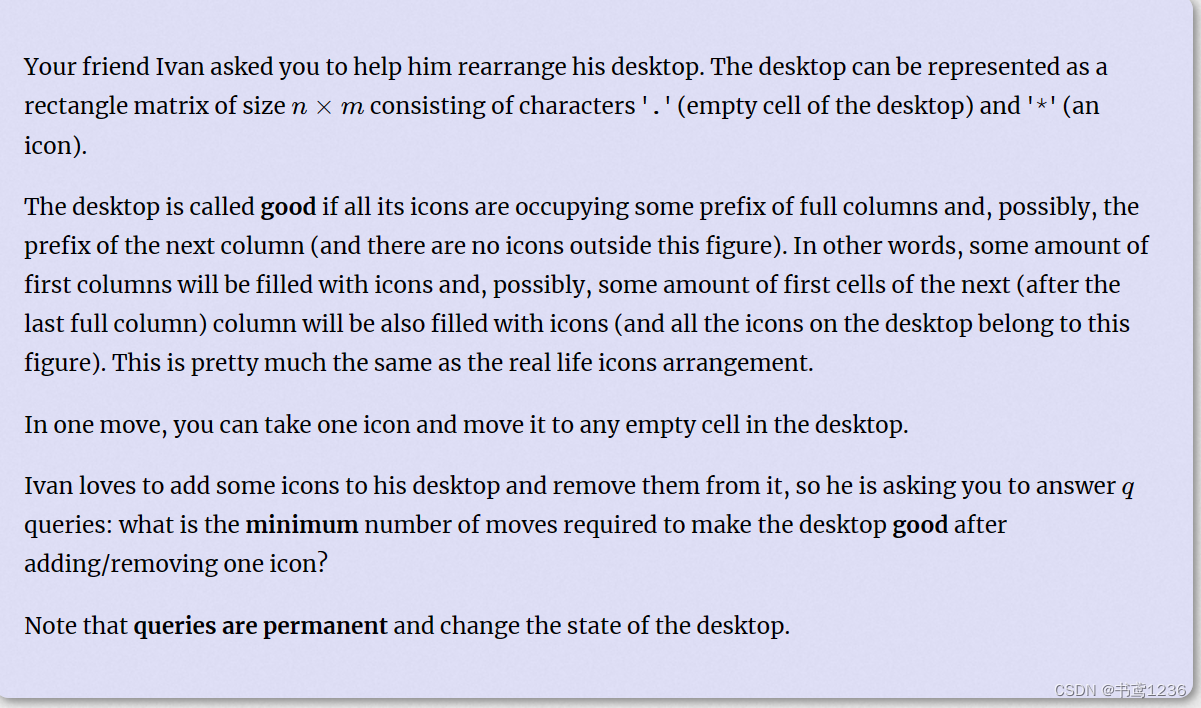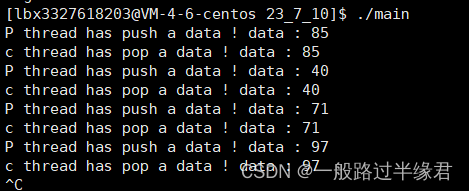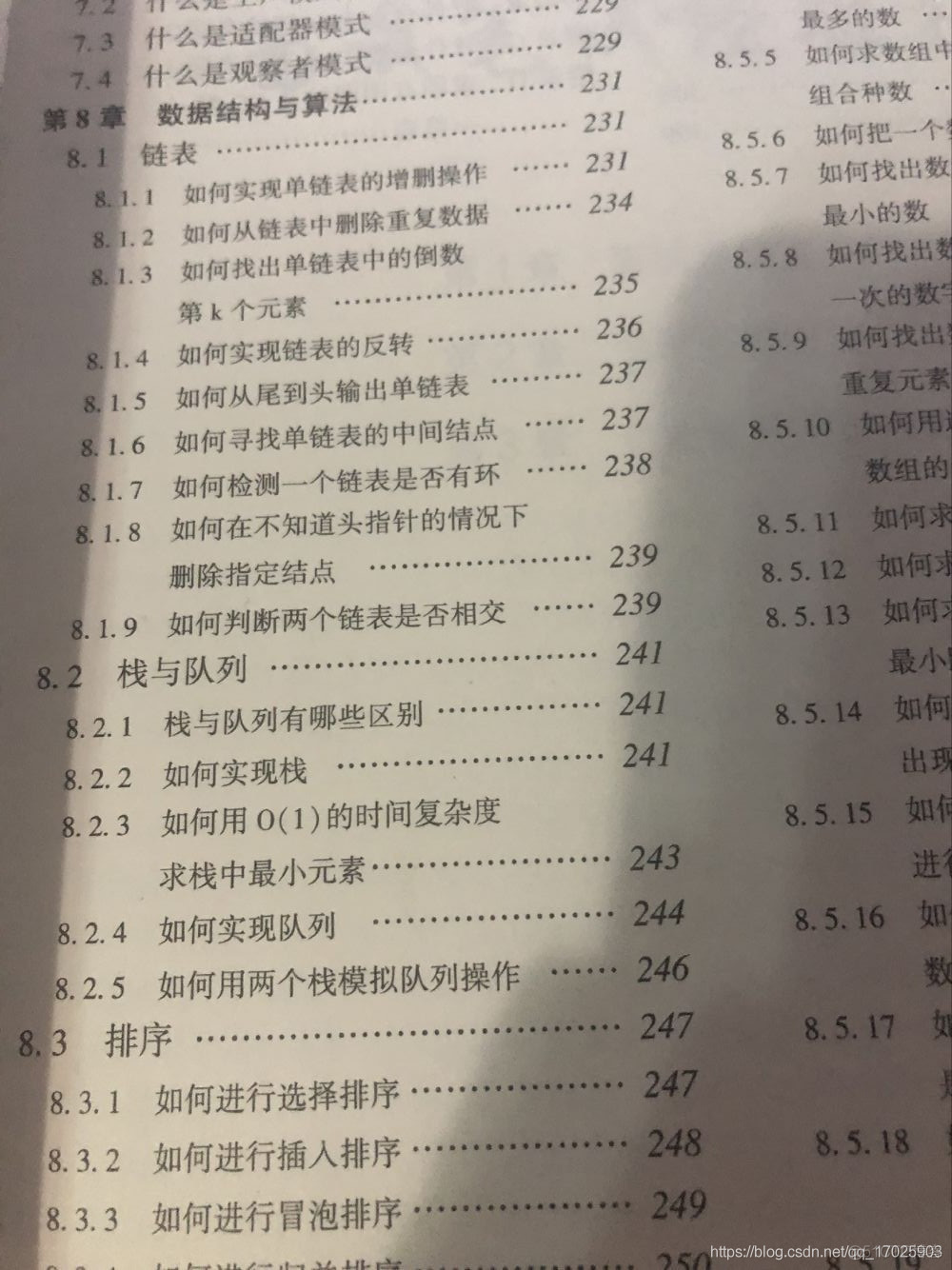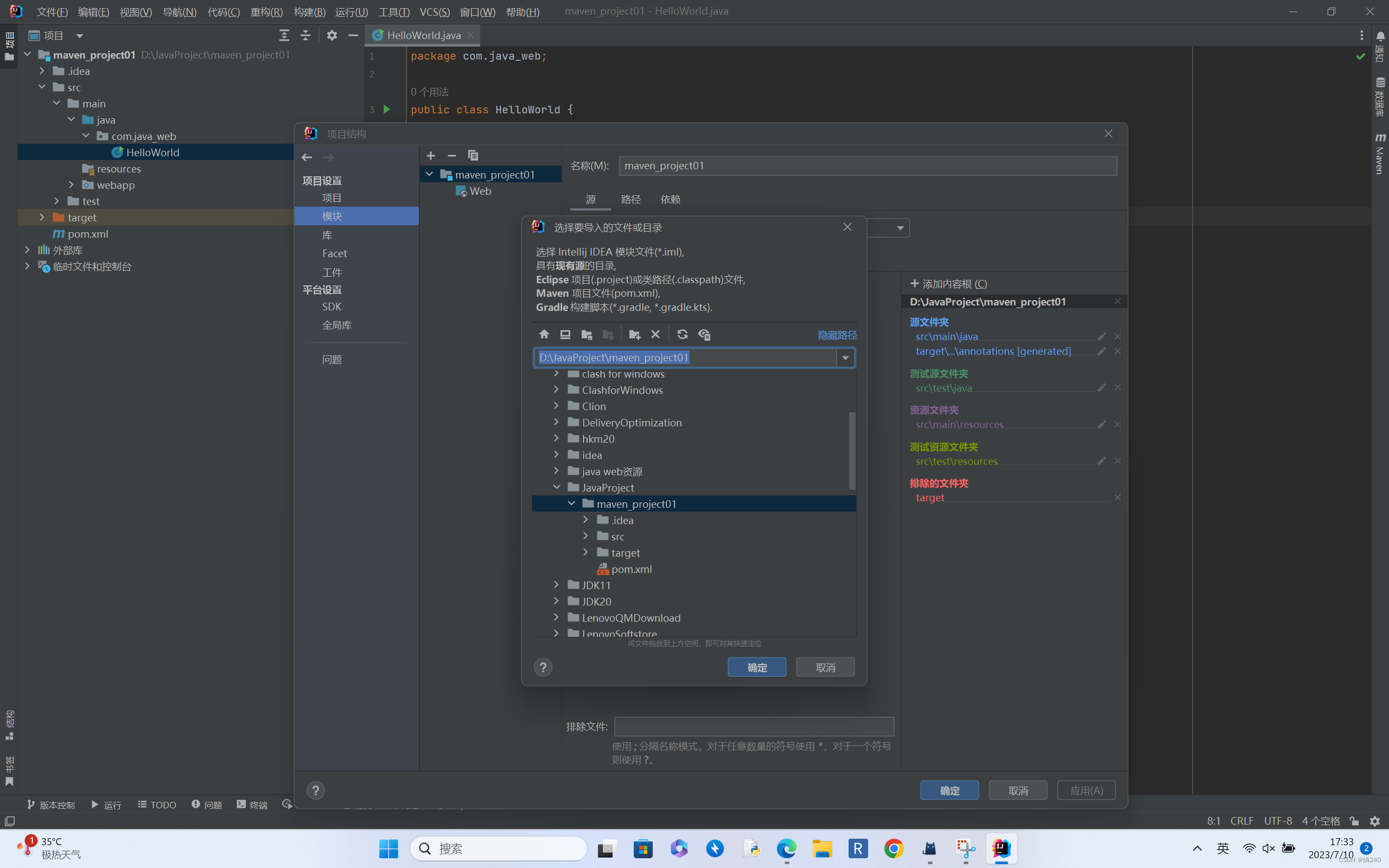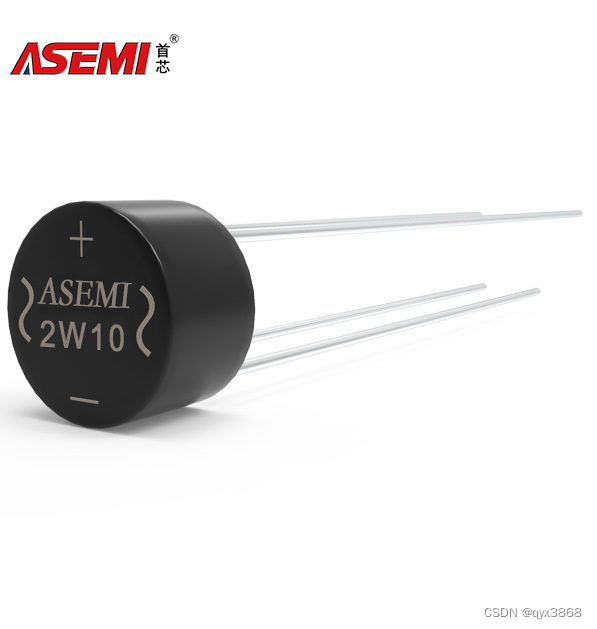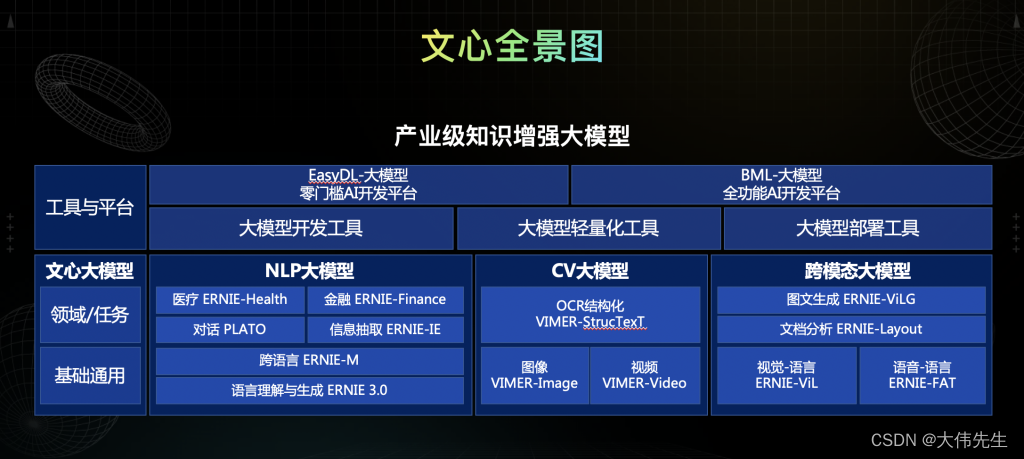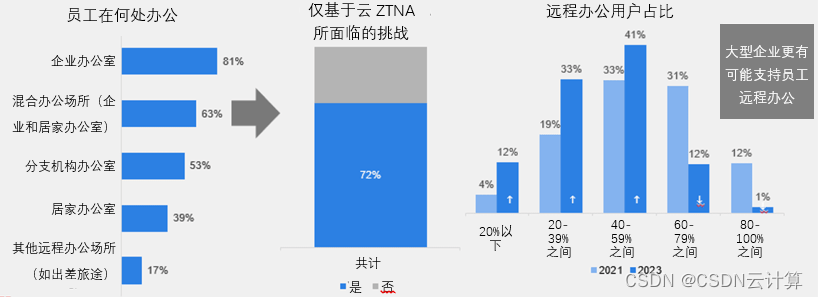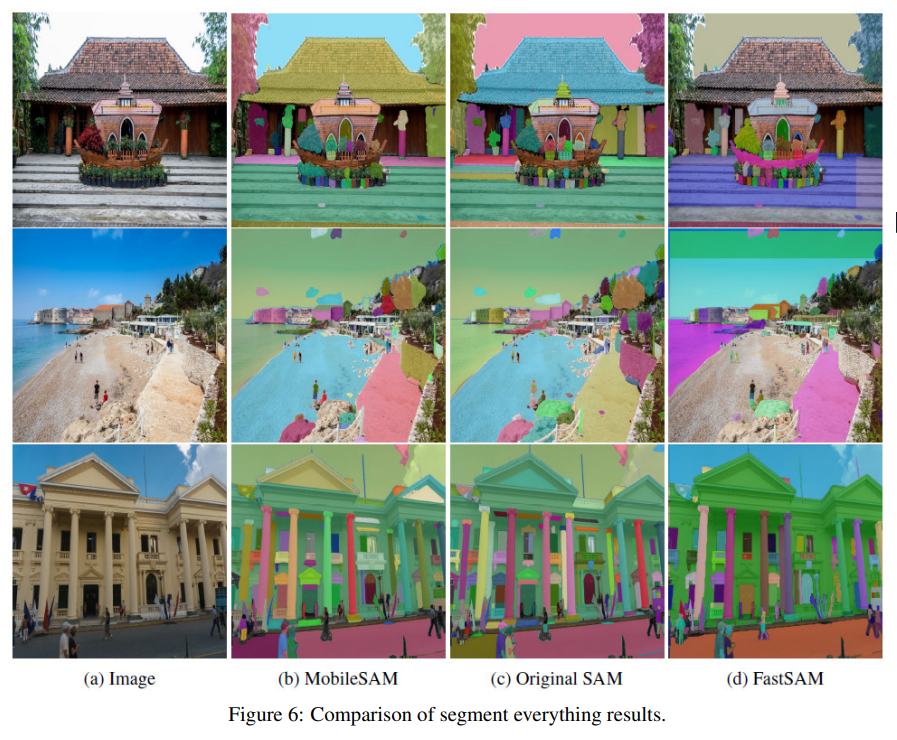《Electric Dreams》项目中提供了一些自定义节点和子图(文件位置:“/Content/PCG/Assets/PCGCustomNodes”),这些节点和子图在《Electric Dreams》被广泛使用,对于理解《Electric Dreams》非常重要,而且它们可以直接移植到新的项目中使用。所以写个博客分析一下
文章目录
- 前导文章
- Passthrough节点
- 作用
- Execute with Context
- PointNormalToColor节点
- 作用
- Point Loop Body
- Execute with Context
- PointFromPCGVolume节点
- 作用
- Execute with Context

前导文章
《虚幻引擎程序化资源生成框架PCG 之 UPCGBlueprintElement源码笔记(一)》
《虚幻引擎程序化资源生成框架PCG 之 UPCGBlueprintElement源码笔记(二)数据流》
Passthrough节点
作用
数据流的开关
Execute with Context
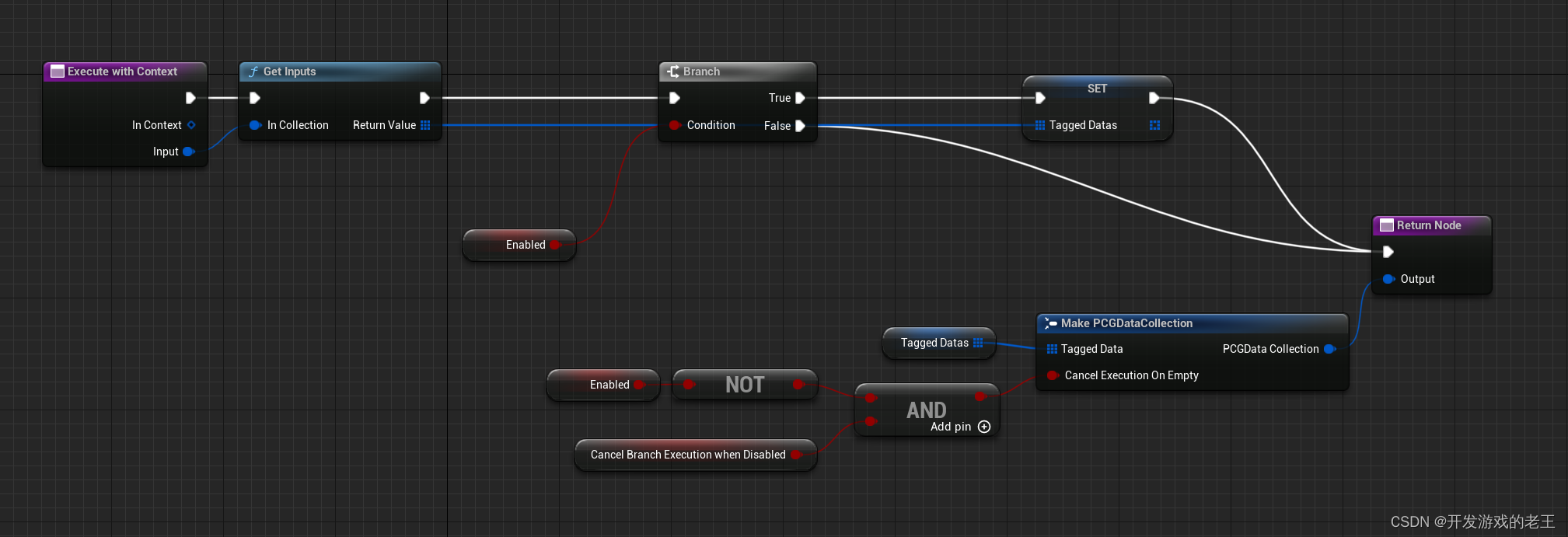
用Enabled控制是否将从Input输入进来的从Output输出,当Enabled为false的时候,输出的PCGDataCollection中的Tagged Data数组将会是一个空数组。
PointNormalToColor节点
作用
将Point法线存入Color属性
Point Loop Body
先看一下它的Point Loop Body
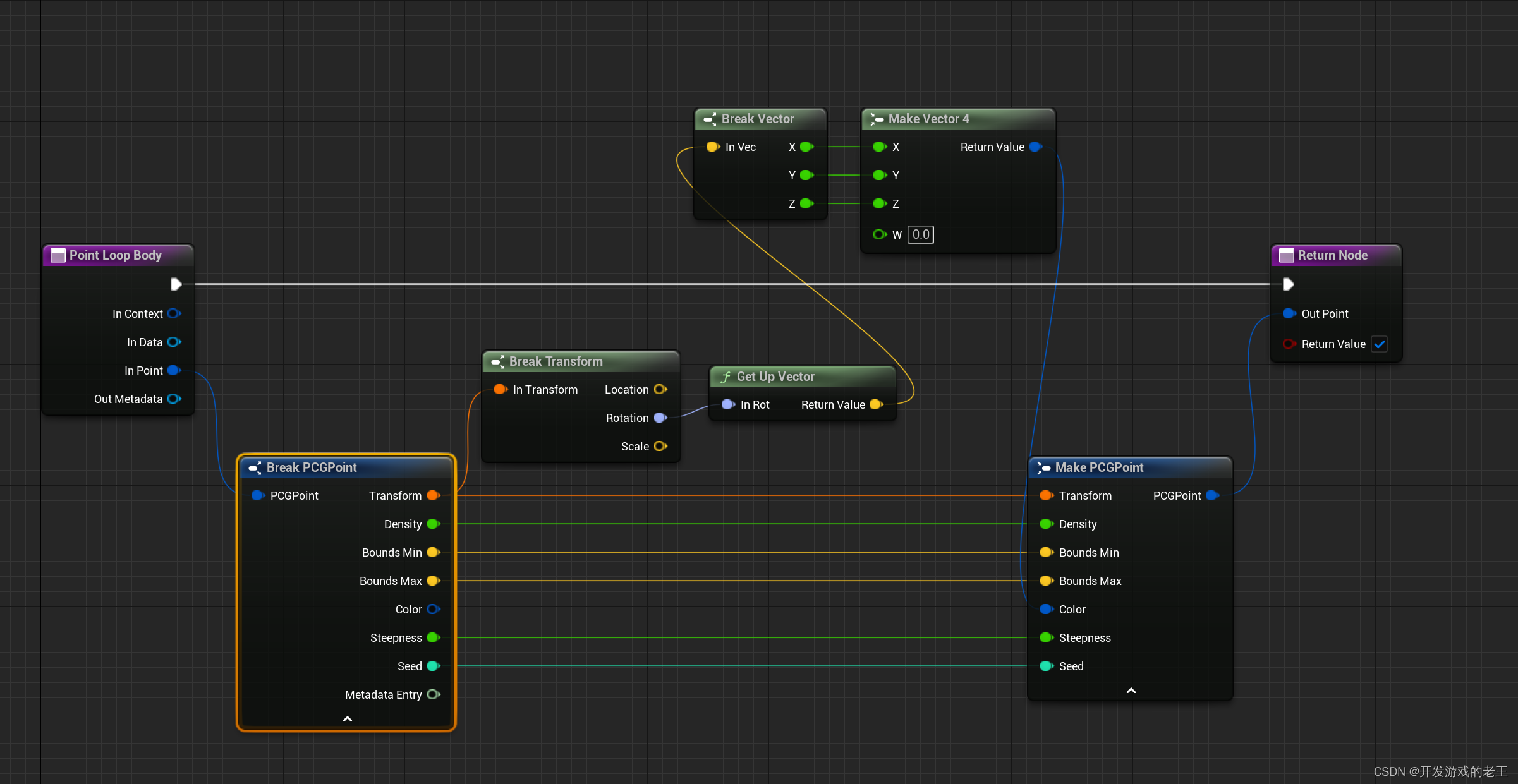
Point Loop Body的逻辑就是将每一个Point的Up Vector存储在Color属性中,然后把修改过的Point输出。
Execute with Context

注释见上图,在PointLoopBody后面有一个Initialize from Data节点,代码如下:
void UPCGSpatialData::InitializeFromData(const UPCGSpatialData* InSource, const UPCGMetadata* InMetadataParentOverride, bool bInheritMetadata, bool bInheritAttributes)
{
if (InSource && TargetActor.IsExplicitlyNull())
{
TargetActor = InSource->TargetActor;
}
if (!Metadata)
{
Metadata = NewObject<UPCGMetadata>(this);
}
if (!bInheritMetadata || InMetadataParentOverride || InSource)
{
const UPCGMetadata* ParentMetadata = bInheritMetadata ? (InMetadataParentOverride ? InMetadataParentOverride : (InSource ? InSource->Metadata : nullptr)) : nullptr;
Metadata->Initialize(ParentMetadata, bInheritAttributes);
}
else
{
UE_LOG(LogPCG, Warning, TEXT("InitializeFromData has both no source and no metadata override"));
}
}
Initialize from Data做了两件事:
- 将源Data中的
TargetActor赋值给新PCGSpatialData的TargetActor - 用源Data的metadata初始化新
PCGSpatialData的metadata
PointFromPCGVolume节点
作用
使用Context中Source的Component或者Component的几何信息(Transform和Bound)构造1个PCGPoint。
Execute with Context

我们先看一下GetComponent和GetOriginalComponent
UPCGComponent* UPCGBlueprintHelpers::GetComponent(FPCGContext& Context)
{
return Context.SourceComponent.Get();
}
UPCGComponent* UPCGBlueprintHelpers::GetOriginalComponent(FPCGContext& Context)
{
if (Context.SourceComponent.IsValid() &&
Cast<APCGPartitionActor>(Context.SourceComponent->GetOwner()) &&
Cast<APCGPartitionActor>(Context.SourceComponent->GetOwner())->GetOriginalComponent(Context.SourceComponent.Get()))
{
return Cast<APCGPartitionActor>(Context.SourceComponent->GetOwner())->GetOriginalComponent(Context.SourceComponent.Get());
}
else
{
return Context.SourceComponent.Get();
}
}
再看看它是如何获取GetActorLocalBoundsPCG的
UPCGBlueprintHelpers::GetActorLocalBoundsPCG
FBox UPCGBlueprintHelpers::GetActorLocalBoundsPCG(AActor* InActor, bool bIgnorePCGCreatedComponents)
{
return PCGHelpers::GetActorLocalBounds(InActor, bIgnorePCGCreatedComponents);
}
PCGHelpers::GetActorLocalBounds
FBox GetActorLocalBounds(const AActor* InActor, bool bIgnorePCGCreatedComponents)
{
// Specialized version of CalculateComponentsBoundingBoxInLocalScape that skips over PCG generated components
// This is to ensure stable bounds and no timing issues (cleared ISMs, etc.)
FBox Box(EForceInit::ForceInit);
const bool bNonColliding = true;
const bool bIncludeFromChildActors = true;
if (InActor)
{
const FTransform& ActorToWorld = InActor->GetTransform();
const FTransform WorldToActor = ActorToWorld.Inverse();
InActor->ForEachComponent<UPrimitiveComponent>(bIncludeFromChildActors, [bNonColliding, bIgnorePCGCreatedComponents, &WorldToActor, &Box](const UPrimitiveComponent* InPrimComp)
{
if ((bNonColliding || InPrimComp->IsCollisionEnabled()) &&
(!bIgnorePCGCreatedComponents || !InPrimComp->ComponentTags.Contains(DefaultPCGTag)))
{
const FTransform ComponentToActor = InPrimComp->GetComponentTransform() * WorldToActor;
Box += InPrimComp->CalcBounds(ComponentToActor).GetBox();
}
});
}
else
{
UE_LOG(LogPCG, Error, TEXT("Actor is invalid in GetActorLocalBounds"));
}
return Box;
}
所谓LocalBounds就是把所属Actor的所有PrimitiveComponent叠加起来获得最大的FBox
